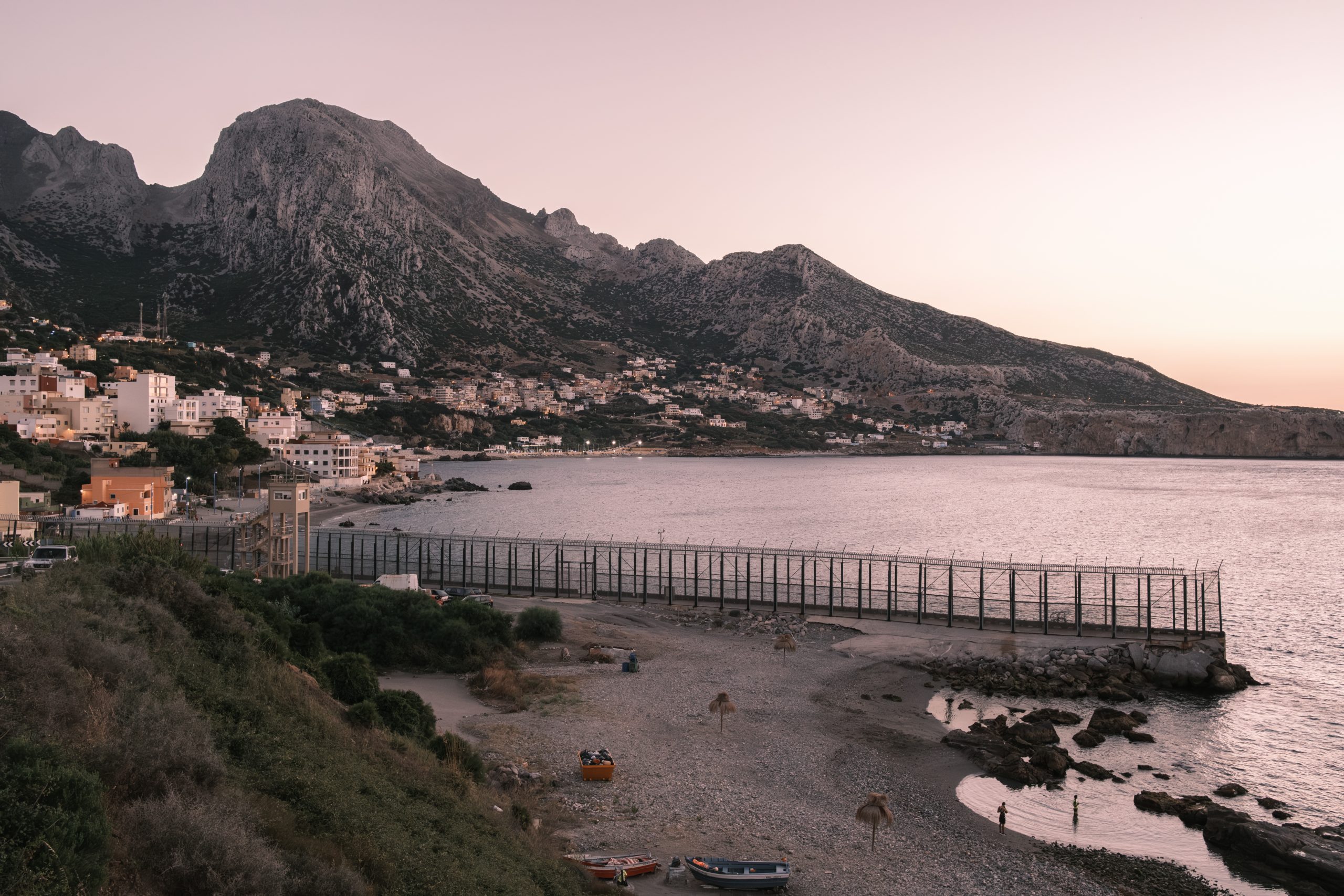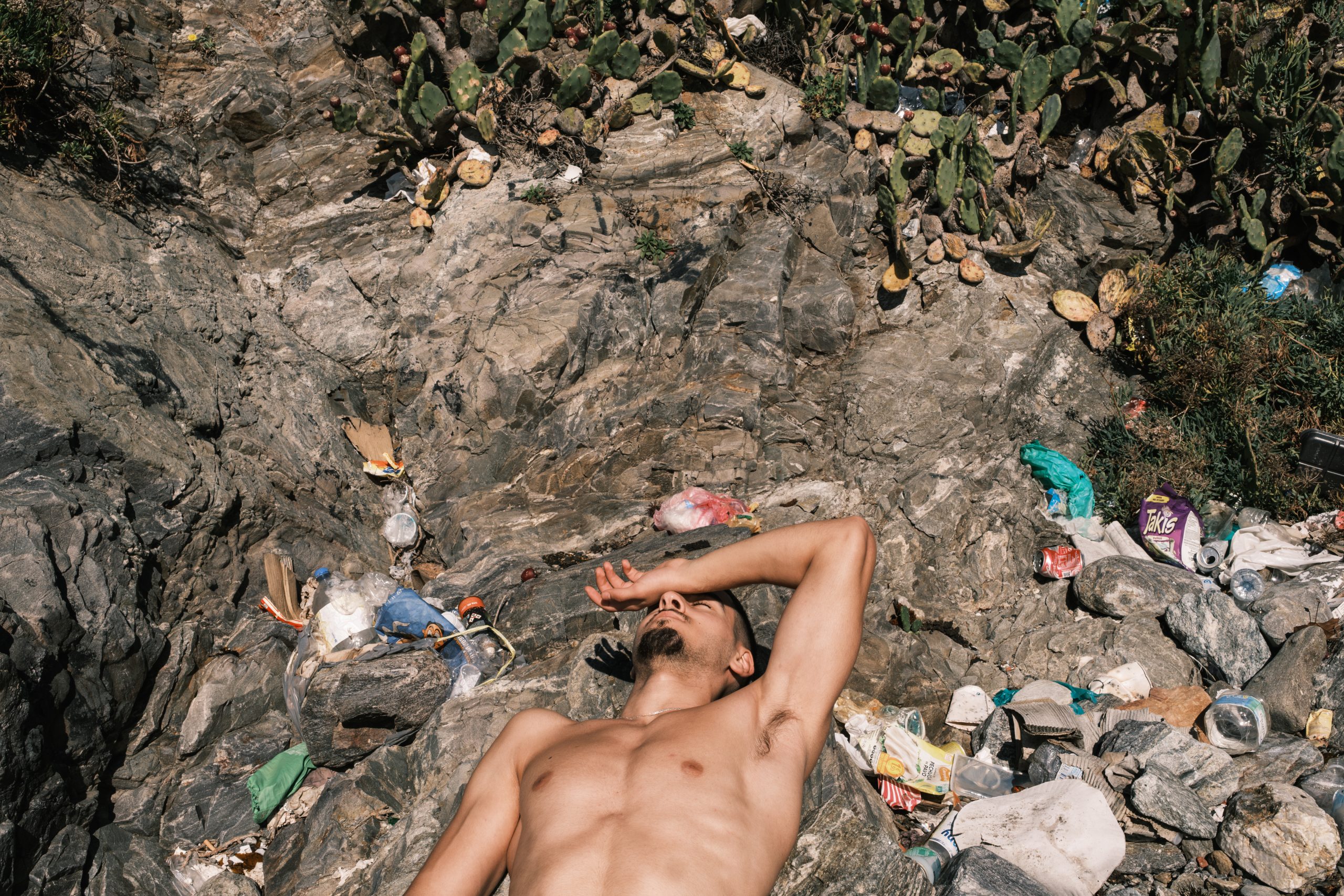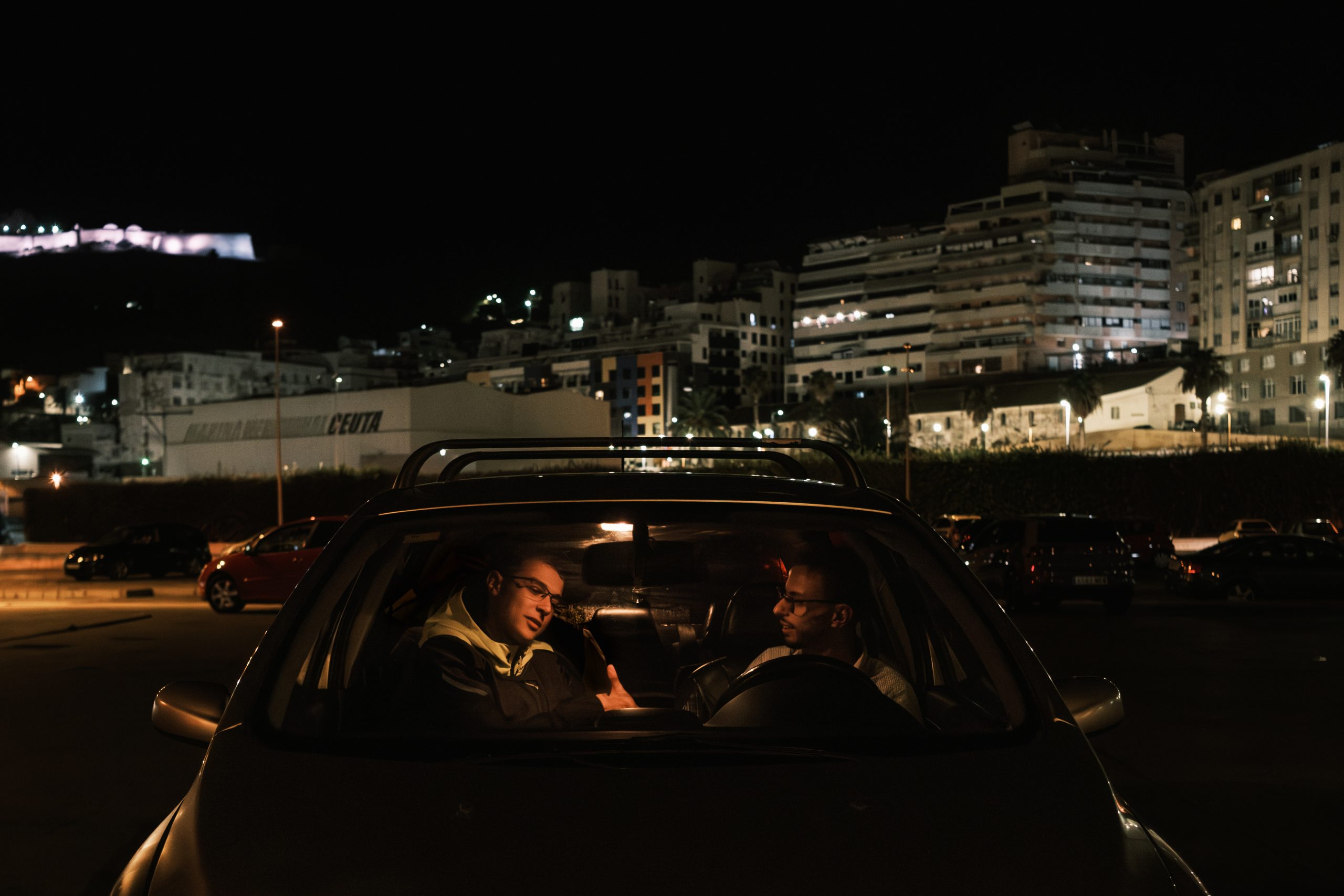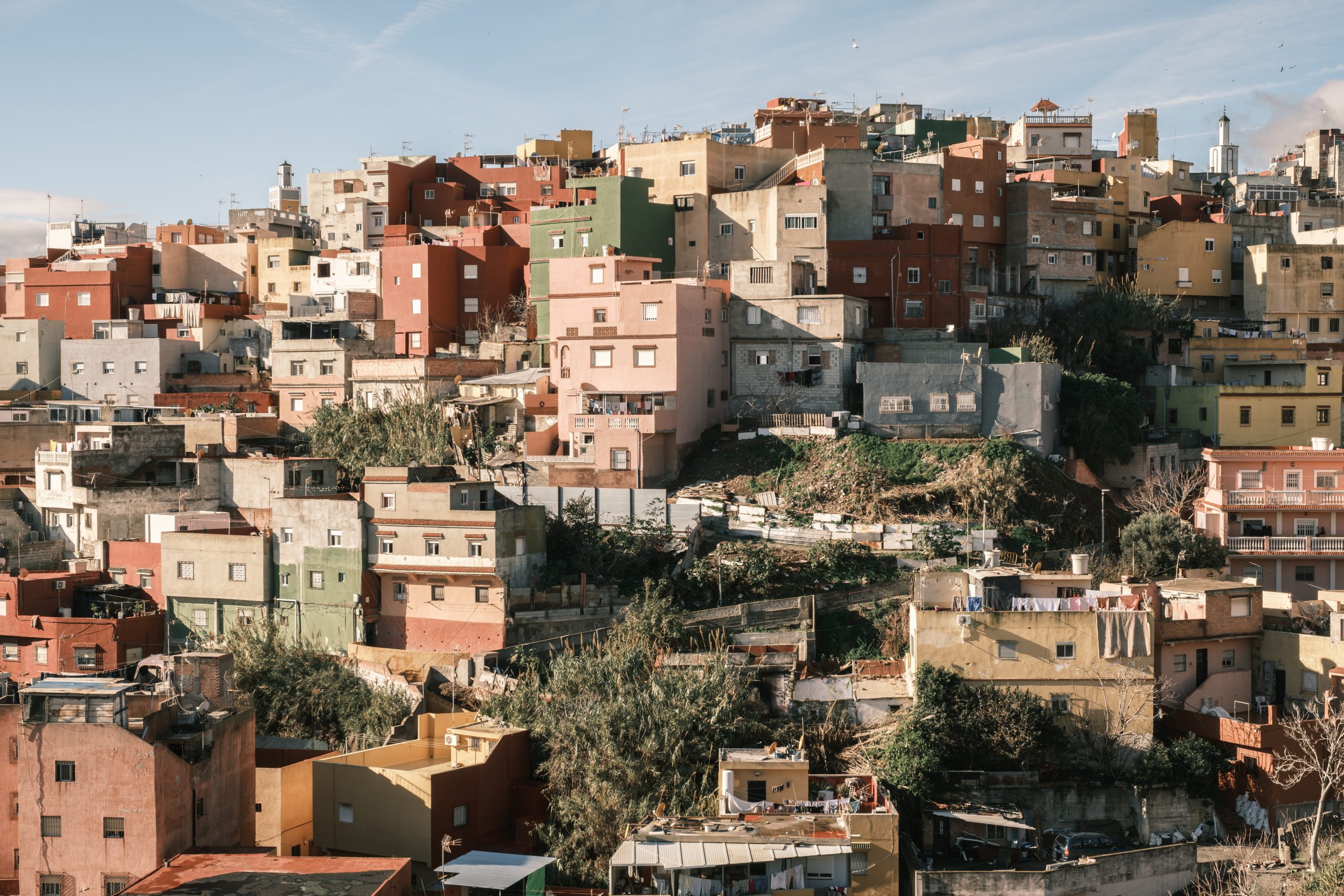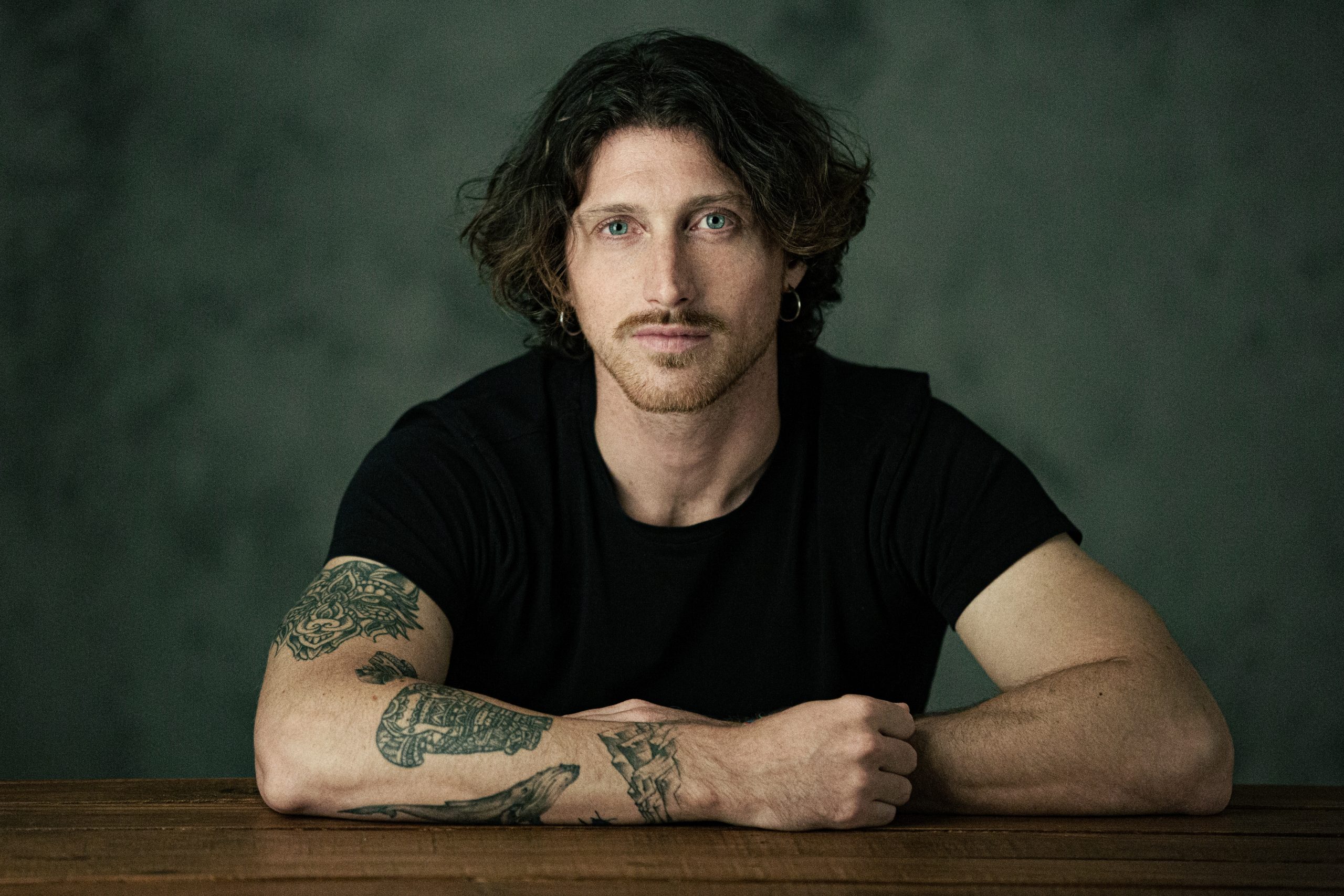
Interviews from the ‘PRESENT IS THE NEW FUTURE’ open call
You are a freelance documentary photographer, but where and when did this passion of yours come from? Do you have any examples that inspire you?
I started working with photography relatively late: at the age of 27, in 2017. My first works were travel photographs: I was inspired by some international photojournalists, such as the Brazilian Sebastião Salgado, to witness the incredible variety of customs and traditions in different areas of the world.
My relationship with photography and my perception of myself as a photographer changed abruptly after my trip to Nepal, in Lumbini, on 2 April 2017. On that occasion, I took a photo of women and children working in a brick factory in poor sanitary and safety conditions. This photo made it to the finals of the 2018 National Geographic Photo Competition. I did not expect this. From that moment on, I started to think that documentary photography could really be my way, my profession. So I continued to travel, submitting the photos I took to competitions, open calls and newspapers and magazines.
In 2020, during the Covid lockdown, I went through a period of creative crisis because my work was developing through single shots and without direct contact with the people I was portraying. Instead, I felt the need to tell stories through a narrative in images that was evocative, coherent and fluid. Spending time with local people, listening to them and observing them in their daily activities and interpersonal relationships became an indispensable factor for me. I think this is the only way to truly understand and then develop the project you have in mind. Once the pandemic restrictions were over, I began attending various courses, workshops and master classes in photojournalism and reportage.
The photographers Federico Borella and Antonio Faccilongo were and still are two points of reference and inspiration for me. Thanks to their teachings I grew professionally and what they passed on to me continues to positively influence my work.
Your way of photographing allows you to get in touch with different people and realities. How do you manage to find a synthesis between your artistic vision and the fidelity of the personal stories you are told?
First of all, I think it is important to represent reality and the stories that are told to me as faithfully as possible. Even before I start designing a photographic project, I get in touch with the local people I want to portray: I approach them step by step, listen to them and try to gain their trust in order to get deeper into their lives. It is during this first phase of getting to know each other that the project begins to take shape and develop in my mind: I imagine the first shots, the first possible shots. The photographs I take are often of habits, actions and gestures that mark the daily lives of these people. However, each project has a different gestation period and is unpredictable for me.
The right shots, the ones that work and give me the most satisfaction, are those in which an immediate, genuine and direct relationship has been established with the subject.
Inshallah is a project that deals with issues of hope and insecurity in a marginalised community, and it was one of the projects that impressed us the most of all those we received. Can you tell us how it came about and the work behind it?
I am really glad that Inshallah impressed you. It is a project that is very close to my heart and I would like the story of these young people from the Barrio Príncipe Alfonso in Ceuta to resonate here, in Italy and in the heart of Europe, where borders and boundaries are clear and firm and where the sense of belonging to one’s territory is unequivocal.
The project was born almost by chance: in 2023 I took part in a masterclass in photojournalism at the InsideOver newsroom in Milan, curated by Antonio Faccilongo. One of the objectives of the course was to produce a photographic reportage. So I started looking for a place of inspiration to bring the project to life, and Ceuta – a border town and Spanish enclave on Moroccan territory – came out on top. Shortly afterwards I set off on my journey. Inshallah, a story was born there, without any prior planning on my part. Through contacts with local journalists and photographers, I began to learn more about some of the stories. None of them had really impressed me, so much so that after an intense week of research, I was thinking of giving up.
My perspective changed when I met Ismael Mohamed Ahmed: a man who had already worked for European newspapers and television stations, covering migrants’ journeys. Talking to him, I discovered the difficult living conditions of young people in the Barrio Príncipe Alfonso, with very limited prospects for study and work, in a Muslim neighbourhood on the border with Morocco, isolated and unsafe. I was fascinated by the story and decided to look into it. The first boys, protagonists of the portraits, were introduced to me by Ismael, and then by word of mouth, I got to know others. It was not easy to get into their lives: they are constantly subjected to social prejudices, even from the press. I only managed to take the first photographs after twenty days. This, however, gave me the opportunity to get to know them in depth and to establish a relationship of trust with them, something I hope to see in Inshallah.
Do you have any future projects in the pipeline?
My goal for the immediate future is to continue Inshallah, which is still a project ‘in progress’ that needs to be enriched with a new photographic repertoire. In fact, I will soon be returning to Ceuta to meet more young people from the Príncipe Alfonso barrio and to start including some of their family members in the portraits.
This unpublished material will be used to complete the exhibition project for my first solo show, which will be held at the Galleria Pescheria in Cesena next September 2025, curated by Lara Gaeta and in collaboration with the Municipality of Cesena.
Parallel to this project, I am carrying out research on the so-called no-go zones or no-go areas in Europe: urban neighbourhoods with limited or even forbidden access, marginal territories where there is no integration and where different ethnic groups tend towards crime and ideological radicalisation.
PHOTO CREDITS
Inshallah, 2024, photographic reportage
Aissa Rouk El Masoudi (22) lives in Ceuta in the barrio Principe Alfonso, studies computer engineering. He dreams of creating an app to improve people’s lives and relaxes with a sunset dip, thinking about his future.
View of the ‘Valla’ at sunset in Benzù. Migrants, evading controls, attempt to swim across to Ceuta, ‘Gateway to Europe’.
Hassan Ouazzani Touhami Mohamed (19) rests on the beach after training. He changed his life, enrolling at university to study sports science.
Aissa Rouk El Masoudi (22) and friend Imad bet on Aissa’s victory at the Ceuta Hackathon, an event for software developers.
View of the barrio Principe Alfonsonear the border with Morocco, characterised by colourful houses, similar to those in Brazilian favelas.






















